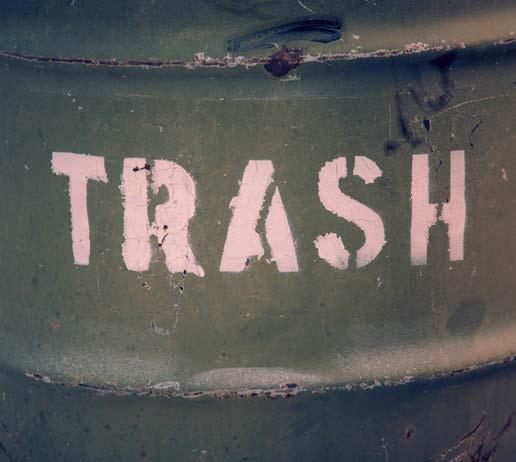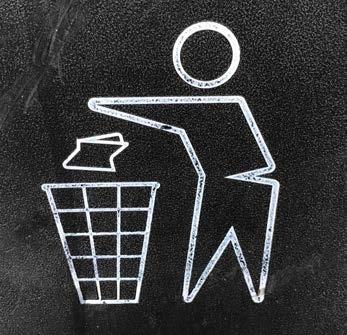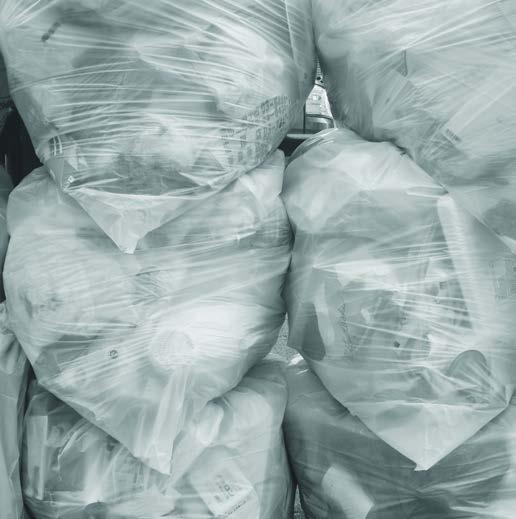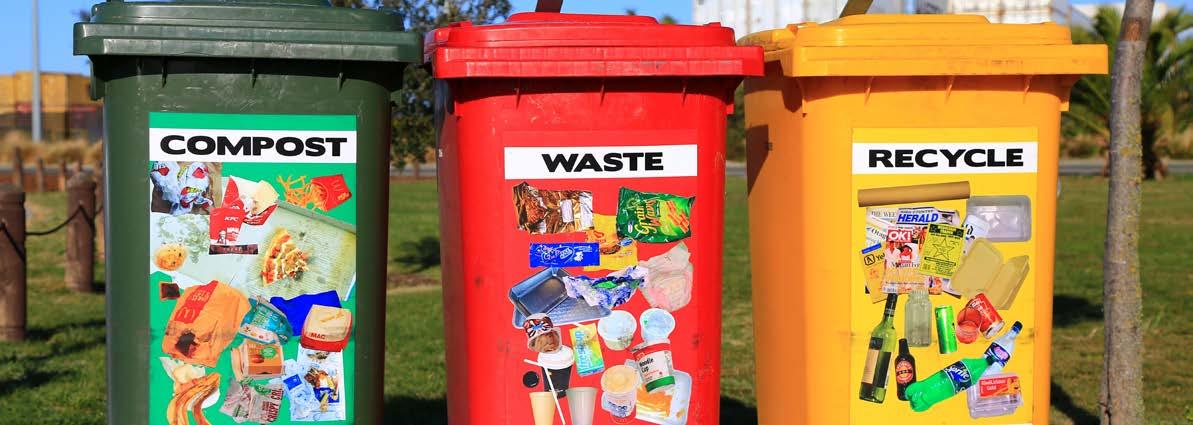
3 minute read
Talking Trash
from SPN June 2023
by spnews.com
Talking Waste Reduction in the Packaging Sector.
In 2016 a collective of scientists known as the Anthropocene Working Group, quietly announced that since 1950, we have been living in a new epoch of planet Earth’s history. As the name suggests, this new epoch is one where human activity impacts the planet’s climate and ecosystem inextricably.
Advertisement
One of the kickstarting factors for this brave and scary new epoch was they’re calling the Great Acceleration of human activity. One such activity, was the proliferation of plastic production. As the human population boomed in the postwar era, demand for products boomed with it. Those products needed to be packaged, and what better to package them in than plastic - the amazing new wonder material made from hydrocarbons that is cheap to make and durable. However, all this product packaging for an ever-burgeoning population had to end up somewhere.
Fast-forward a mere 70 years. An “island” of plastic the size of Mongolia floats in the Pacific Ocean. Microplastics – many of which originated as part of a piece of single-use plastic packaging - have been found from the highest mountains to the deepest sea trenches. They’ve been found in human bloodstreams and animal stomachs. Some research suggests that you will have already breathed in several particles of microplastic in the time it’s taken you to read this far into this article. Which can’t be good. So, the question is, given the packaging sectors central role in creating the problem, what can the sector do to cut waste and create a cleaner planet?
Brace for impacts
Packaging waste negatively impacts the environment, human and animal health, and the wider economy. Understanding what these impacts are is crucial to recognising the urgency of waste reduction in the sector.

In terms of the environment, production and disposal of packaging can increase deforestation, energy consumption, emissions and pollution. The non-biodegradable packaging that doesn’t end up in the oceans and rivers, or as litter on the streets, often finds its way into landfills where they will either be incinerated, thus releasing toxic substances into the air and our lungs. The bits that aren’t burned will stay there in the landfill, slowly releasing toxic substances into the soil and water. Pretty much a lose-lose situation all round.

The economic costs of packaging waste are substantial. Manufacturing new packaging materials from raw materials requires energy and resources, thus bumping up production costs. Moreover, waste management and disposal processes, including collection, transportation, and treatment, put further strain on seemingly ever tighter public budgets, resulting in higher taxes or waste management fees.
Not all is lost though. By implementing effective waste reduction strategies, we can mitigate these impacts and move towards a more sustainable system.
Obstacle Race
Waste reduction is crucial, but it comes with several challenges. We need to understand these challenges in order to find and implement truly effective solutions to our waste problem.
Like all other sectors in the 21st century, the packaging industry operates within a complex system of intricate supply chains, spanning multiple countries and continents. Coordinating waste reduction efforts across these global supply chains is enough to give even the biggest of brains a throbbing headache.
The effectiveness of waste reduction programmes is also heavily influenced by regulatory and policy frameworks. In some regions, regulations may not prioritize waste reduction or lack strict requirements for packaging materials. Additionally, policy fragmentation across different jurisdictions can create inconsistencies which hinder cohesive waste reduction strategies.
And then comes the role of the consumer, whose preferences and demands play a significant role in packaging choices. Many consumers prioritise convenience, which often leads to excessive packaging or the use of single-use materials. Breaking this cycle requires a shift in consumer attitudes and behaviours. Educating consumers about the environmental impact of packaging waste, offering sustainable alternatives can help address this challenge.
While consumer preferences and habits are changing, it takes time and concerted efforts from governments, industry, and consumer advocacy groups.
Overcoming these challenges requires collaboration and innovative approaches from stakeholders across the packaging industry. It calls for proactive engagement with supply chain partners, active participation from consumers, and advocacy for supportive policies and regulations. By addressing these challenges head-on, the packaging industry can pave the way for effective waste reduction strategies and create a more sustainable future.
Waste reduction strategies

Various strategies can be implemented to tackle the issue of waste in the packaging sector. By adopting these strategies, companies can make major gains in waste reduction and promote sustainability across their operations.
The choice of materials is one such strategy. Using biodegradable or compostable packaging materials can minimise environmental impact, as these materials break down quickly and naturally. Opting for recycled materials to produce packaging is another good option as it reduces the need for virgin resources and helps create a circular economy.
Another approach is design optimisation, which cuts material usage without compromising functionality or product protection. This includes streamlining shapes, eliminating any unnecessary elements, and using efficient packaging layouts. Adopting nascent technologies like 3D printing and digital prototyping enables more precision customisation and helps create lightweight packaging solutions.
The time for action is now. Through waste reduction, the packaging sector can help pave the way towards a greener, more sustainable future for everyone.










